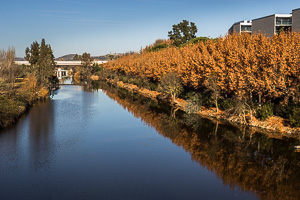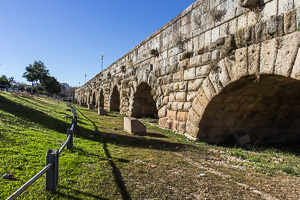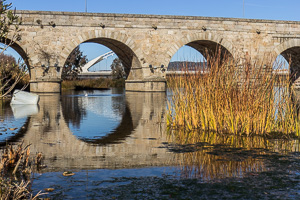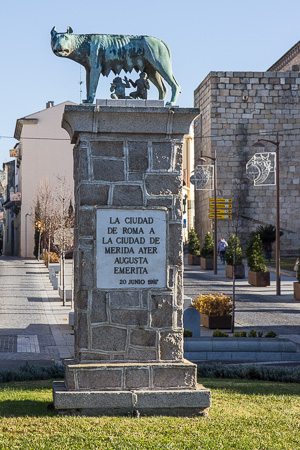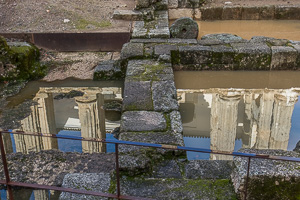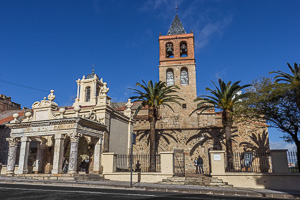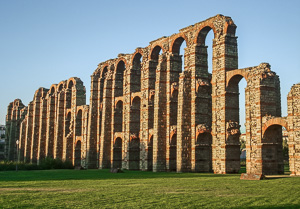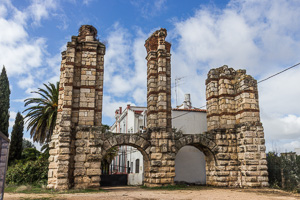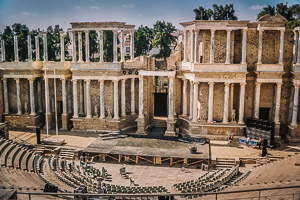Merida, more than 2000 years of history
Merida (Augusta Emerita), was founded as a Roman colony in the year 25 B. C. by order of the Emperor Octavius Augustus to serve as a retreat for the veteran soldiers (emeritus or graduates with honor) of the legions V Alaudae and X Gemina. It was one of the most important cities throughout Hispania, equipped with all the comforts of a large Roman city to serve as capital of the Roman province of Lusitania. In this period of great splendor numerous buildings and monuments are built: the theater, the amphitheater, the circus, the temple of Diana, the Roman Forum, the Roman bridge and the aqueducts of the Milagros, Oxtail and San Lázaro, as well as the reservoirs of Proserpina and Cornalvo, which supplied the city. For all this Mérida became the ninth city in importance of the Roman Empire (even ahead of Athens).
With the barbarian invasions, in the 5th and 6th centuries d. C., Mérida became the capital of the entire Visigoth Kingdom of Hispania, until in 713 the Arab leader Musa ibn Nusair conquered the city and it became the capital of the Cora of Mérida one of the most extensive and powerfuls in the peninsula. At the beginning of the 9th century, and after successive rebellions of the Mozarabics against the Caliphate of Cordoba, Abderraman II ordered the dismantling of the Roman-Visigothic walls that defended the city, and in the year 835 B.C he built the Arab Alcazaba that would become the oldest Muslim fortification in the Iberian Peninsula, built next to the famous Roman bridge over the Guadiana River. The city would remain under Muslim power until it was reconquest by Christians in 1230.
In 1993, its archaeological site was declared a World Heritage Site by UNESCO, due to its important historical and monumental interest. (See vídeo).



